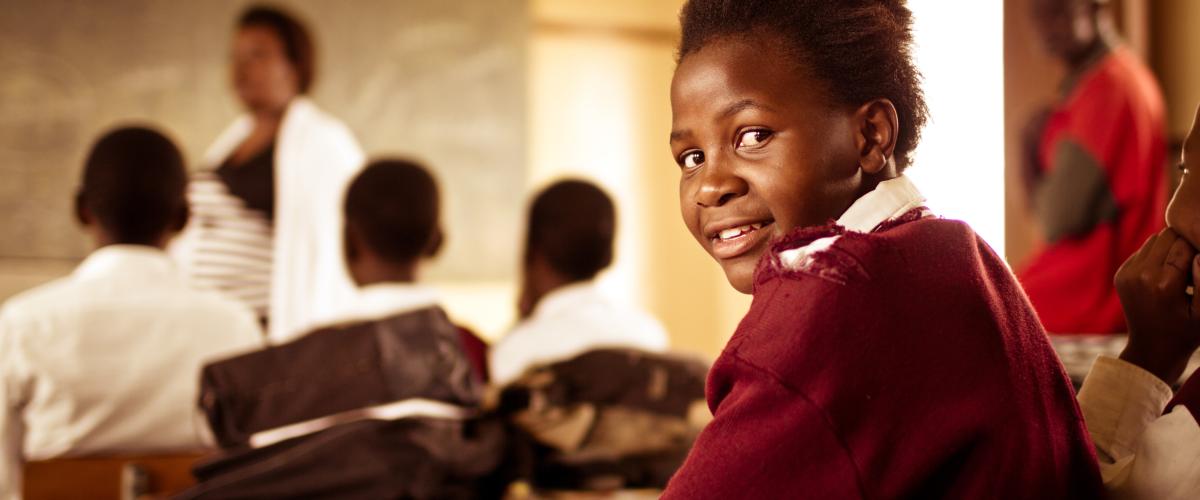Across the development community, there is growing awareness about the reality that, in countries affected by fragility, conflict, and violence (FCV), the path to a resilient future is even more difficult. Disasters often amplify FCV stresses, just as these stresses tend to increase FCV countries’ vulnerability to disasters.
Even as the disaster-FCV nexus becomes more widely recognized, the common misperception that FCV—and by extension, its complex interplay with disasters—does not pose a significant challenge to middle-income countries remains. Yet, as a recent World Bank report pointed out, national-level growth in rising economies such as the Philippines often masks FCV at the subnational level. While the World Bank does not classify the Philippines as an FCV country, there are parts of the country that are affected by FCV issues.
The Bangsamoro Autonomous Region of Muslim Mindanao (BARMM) in the Philippines’ southernmost island of Mindanao, in particular, has seen more than its fair share of violence from radical Islamic groups, criminal armed groups, political actors, and clans. In a region that is no stranger to natural hazards such as typhoons and flash floods, the disaster-FCV nexus is a recurring threat multiplier to the lives and livelihoods of the 4.4 million people who call BARMM home.
With the support of GFDRR and the World Bank, a technical team has been on the front lines of supporting BARMM in tackling the disaster-FCV nexus.
Drawing on emerging best practices, including those gleaned from recent experience by the World Bank and GFDRR, as well as that of the Philippine government as distilled in its Conflict-Sensitivity and Peace Promotion approach, the team provided in-depth training to regional and municipal officials in BARMM on how to design conflict-sensitive disaster recovery frameworks. In total, 67 officials, nearly half of whom were female, participated in the training.
At the most basic level, the training underscored the fact that, for a disaster recovery framework to be conflict-sensitive, such a framework must maximize positive impacts on conflict dynamics while minimizing any negative impacts. Accordingly, a disaster recovery framework must follow the “do no harm” principle, which—beyond merely preventing harm—must also entail avoiding doing harm by exacerbating or perpetuating underlying conflicts.
Subsequently, the training imparted practical insights on how to design a conflict-sensitive disaster recovery framework. For example, the training highlighted the importance of conflict analysis, or a study of the dynamics of conflict, including its key drivers and causes and the key actors involved. Such an analysis will be crucial if critical elements of the framework—including the prioritization of resources, the design of interventions, and the structure of the consultation process—are able to balance the interests and positions of the principal actors in the conflict, thus minimizing negative impacts on conflict dynamics.
The training also highlighted the importance of ensuring that disaster recovery frameworks consider historical or legacy issues, such as those related to land and resources, as well as marginalized populations such as women and indigenous peoples. Lack of consideration for these issues in disaster recovery may have the effect of renewing cycles of violence that may have been diffused in the past.
The training in BARMM has begun to pay dividends in terms of enabling a conflict-sensitive approach to disaster recovery, particularly in the aftermath of Tropical Storm Nalgae, which claimed the lives of over 60 people in the region in October 2022. Most critically, the Bangsamoro Planning and Development Authority (BPDA), the regional development planning body, as well as 10 municipalities across BARMM have prepared disaster recovery plans following Nalgae. These plans integrate specific interventions designed to maximize positive impacts on conflict dynamics. For instance, a number of the plans envision multipurpose halls to serve not only as evacuation centers but also as spaces for peacebuilding activities.
Support for conflict-sensitive disaster recovery in BARMM is part of a broader suite of resilience-building engagements by GFDRR and the World Bank in the region. For instance, support has also been provided toward the rollout in BARMM of Ready to Rebuild, a nationwide disaster risk management (DRM) capacitybuilding program led by the National Disaster Risk Reduction and Management Council (NDRRMC) and Office of Civil Defense (OCD). So far, 53 regional and municipal officials across BARMM have been trained on how to use the range of DRM tools made available by Ready to Rebuild, including the PlanSmart web application, which will enable faster and more efficient disaster rehabilitation and recovery planning.

View more results stories from fiscal year 2023 in GFDRR's Annual Report 2023.
